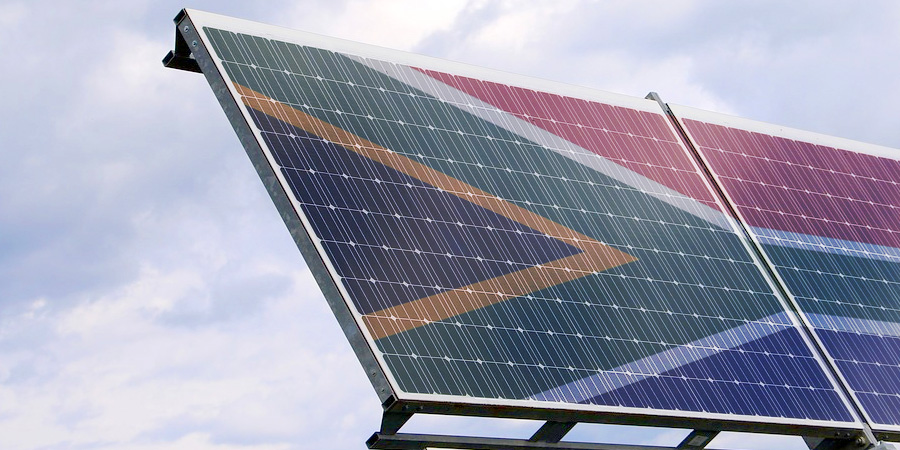Loadshedding is a frustrating daily reality that shows no end in sight. That being the case, there is no need to be left in the dark: there is an ever-increasing number of alternative energy products on the market that will help you take back your power! In this ultimate guide, we’ll take you through everything you need to know about loadshedding-proofing your home.
Go Solar
One of the best ways to loadshedding-proof your home is by installing solar panels. Solar panels are a renewable energy source that can provide your home with electricity even during load shedding. There are two main types of solar panel systems: grid-tied and off-grid.
A grid-tied solar panel system is connected to the main power grid. This means that when there is a power outage, your solar panels will not be able to provide electricity to your home. However, during normal operating hours, any excess electricity generated by your solar panels can be sold back to the power company.
An off-grid solar panel system, on the other hand, is not connected to the main power grid. This means that during load shedding, your solar panels will continue to provide electricity to your home. However, an off-grid solar panel system requires a battery backup system to store excess electricity generated by your solar panels.
Solar panel costs and benefits
The cost of installing solar panels can vary depending on the size of your home and the type of solar panel system you choose. However, the benefits of solar panels are numerous. Not only can they help you save money on your electricity bills, but they can also increase the value of your home. Solar panels are also environmentally friendly and can help reduce your carbon footprint.
In addition, some countries offer incentives for installing solar panels, such as tax rebates and subsidies. This can help offset the initial cost of installation.
Energy-saving appliances and devices
In addition to solar panels, there are many energy-saving appliances and devices that can help loadshedding-proof your home. These include LED light bulbs, energy-efficient air conditioners, and smart thermostats. Energy-saving appliances and devices are designed to use less electricity, which can help reduce your energy bills and make your home more sustainable.
Load shedding backup solutions
There are many load shedding backup solutions available on the market, such as generators and battery backup systems. Generators are a popular choice, but they can be noisy, expensive to operate, and emit harmful pollutants. Battery backup systems, on the other hand, are quiet, clean, and can be charged using solar panels.
Tips for reducing your energy consumption
Reducing your energy consumption is one of the best ways to loadshedding-proof your home. There are many simple steps you can take to reduce your energy usage, such as turning off lights when you leave a room, unplugging electronics when they are not in use, and using energy-efficient appliances. You can also consider using natural light instead of artificial light, and using a clothesline instead of a dryer.
Load shedding can be a frustrating reality, but by loadshedding-proofing your home, you can take control of the situation. Solar panels, energy-saving appliances, and load shedding backup solutions are all great options for ensuring that your home remains powered up even during load shedding. By taking simple steps to reduce your energy consumption and investing in renewable energy sources, you can not only loadshedding-proof your home, but also reduce your carbon footprint and save money on your energy bills.
